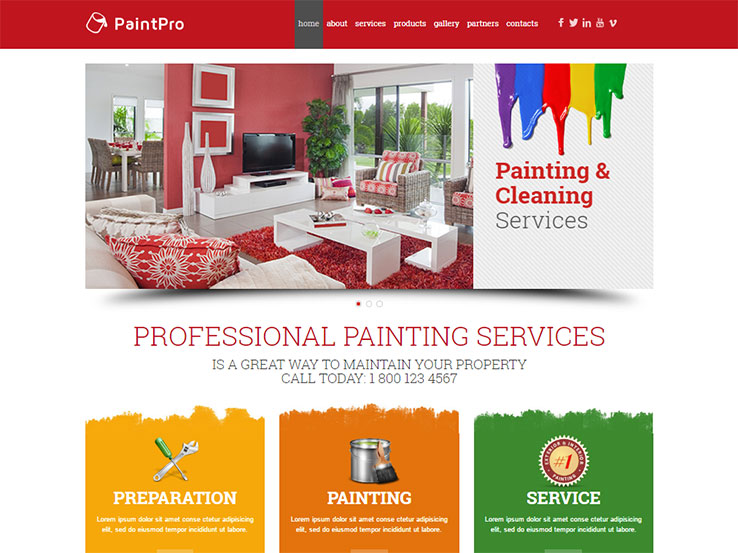In What Means Do Appropriate Shades Impact Your Brand'S Visual Allure In Industrial Outside Painting? Uncover The Vital Factors To Consider That Shape Your Options
In What Means Do Appropriate Shades Impact Your Brand'S Visual Allure In Industrial Outside Painting? Uncover The Vital Factors To Consider That Shape Your Options
Blog Article
Posted By-Key Justesen
When it comes to industrial outside painting, the shades you pick can make or break your brand name's charm. Understanding just how various colors affect perception is vital to bring in clients and constructing trust fund. Yet it's not nearly individual choice; regional fads and laws play a substantial role also. So, how do you find the excellent balance between your vision and what resonates with the community? Let's check out the necessary factors that lead your shade selections.
Understanding Shade Psychology and Its Effect On Company
When you select shades for your business's exterior, recognizing color psychology can considerably affect just how possible clients perceive your brand name.
Shades evoke feelings and established the tone for your service. As an example, blue frequently shares count on and professionalism and trust, making it ideal for banks. Red can produce a sense of seriousness, best for restaurants and inventory-clearance sale.
On the other hand, green represents development and sustainability, appealing to eco-conscious consumers. Yellow grabs focus and triggers optimism, however too much can overwhelm.
Consider your target market and the message you want to send. By picking the appropriate colors, you not just enhance your visual charm however additionally straighten your picture with your brand name worths, ultimately driving consumer interaction and commitment.
Studying Citizen Trends and Regulations
How can you ensure your outside paint options resonate with the area? Start by investigating local trends. Go to neighboring services and observe their color design.
Keep in mind of what's prominent and what feels out of place. This'll aid you align your selections with neighborhood looks.
Next, examine https://painternearme78776.dailyblogzz.com/34914653/illuminating-the-transformative-power-of-house-painters-find-just-how-they-can-transform-your-home-into-a-breathtaking-masterpiece-with-their-mind-blowing-abilities . Several communities have guidelines on exterior colors, particularly in historical areas. You don't want to hang out and money on a combination that isn't certified.
Involve with neighborhood local business owner or area groups to collect insights. They can supply useful comments on what shades are favored.
Tips for Integrating With the Surrounding Setting
To create a natural look that blends perfectly with your environments, think about the natural surroundings and building styles nearby. Beginning by observing the shades of close-by buildings and landscapes. Natural tones like greens, browns, and soft grays frequently work well in natural settings.
If your building is near vibrant metropolitan areas, you may choose bolder hues that show the regional energy.
Next, think of Recommended Reading of your structure. Typical designs might gain from traditional shades, while contemporary layouts can welcome contemporary combinations.
Check your shade choices with samples on the wall surface to see exactly how they communicate with the light and environment.
Lastly, bear in mind any kind of local standards or community visual appeals to ensure your selection enhances, rather than clashes with, the surroundings.
Final thought
In conclusion, selecting the right shades for your commercial exterior isn't practically aesthetics; it's a tactical choice that affects your brand name's assumption. By taking advantage of color psychology, thinking about neighborhood fads, and ensuring harmony with your environments, you'll produce a welcoming atmosphere that attracts consumers. Do not forget to check examples before committing! With the ideal method, you can boost your company's visual appeal and foster long lasting client interaction and loyalty.
